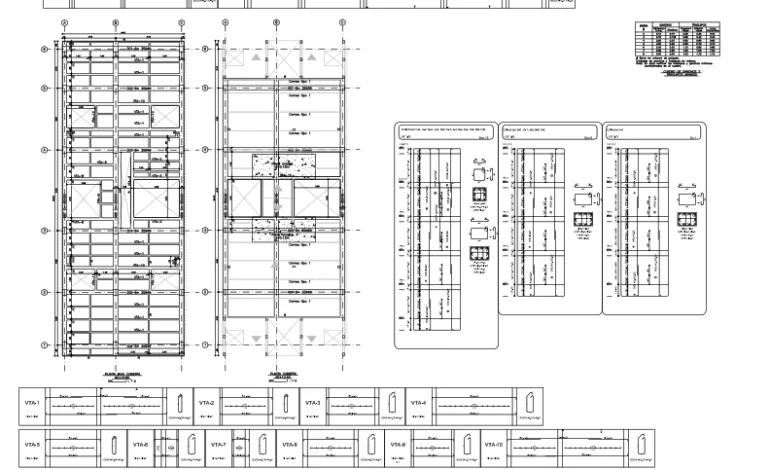One aspect of preparing quantity estimates for fabricated reinforcing bars is the way in which charges for extras (per hundredweight of material) may be added to the base price. The principal extras are for size, grade, bending and quantity. Size: Extras for size may vary; therefore it is necessary for the estimator to segregate by size. Quantity: Extra charges may be incurred depending on the total weight of steel ordered. Grade: Some grades of bars have an extra, making it necessary for the estimator to segregate by grade as well as size. Bending: Extra charges are applied for all shop bending. The estimator must segregate the total quantity of bending into three classes, based on current industry definitions: light bending, heavy bending, and special bending.
This article attempts to give some insight into the business of making a quantity survey (estimating) of reinforcing bars. Several of the many variables, such as lap splices, butt splices, anchorages, column ties, and bar supports, are briefly touched on. It has been said many times that an estimator’s quantity survey may determine (1) whether the rebar fabricator is successful in securing a certain contract and (2) whether it turns out to be a profitable contract or not. In other words, the rebar estimator is a very important cog in the reinforced concrete construction wheel.

